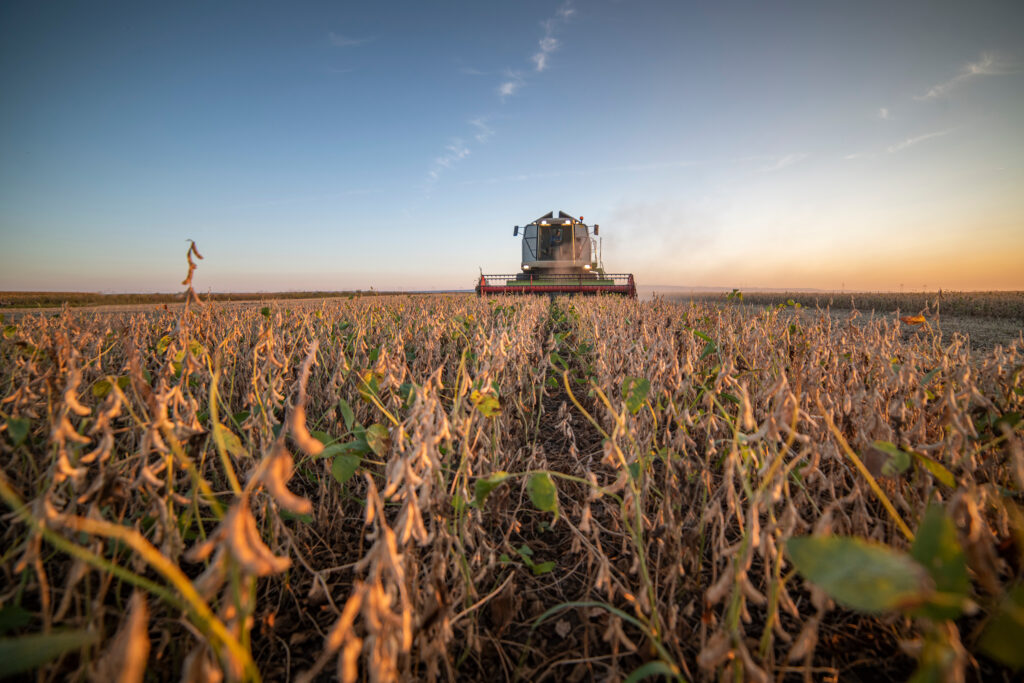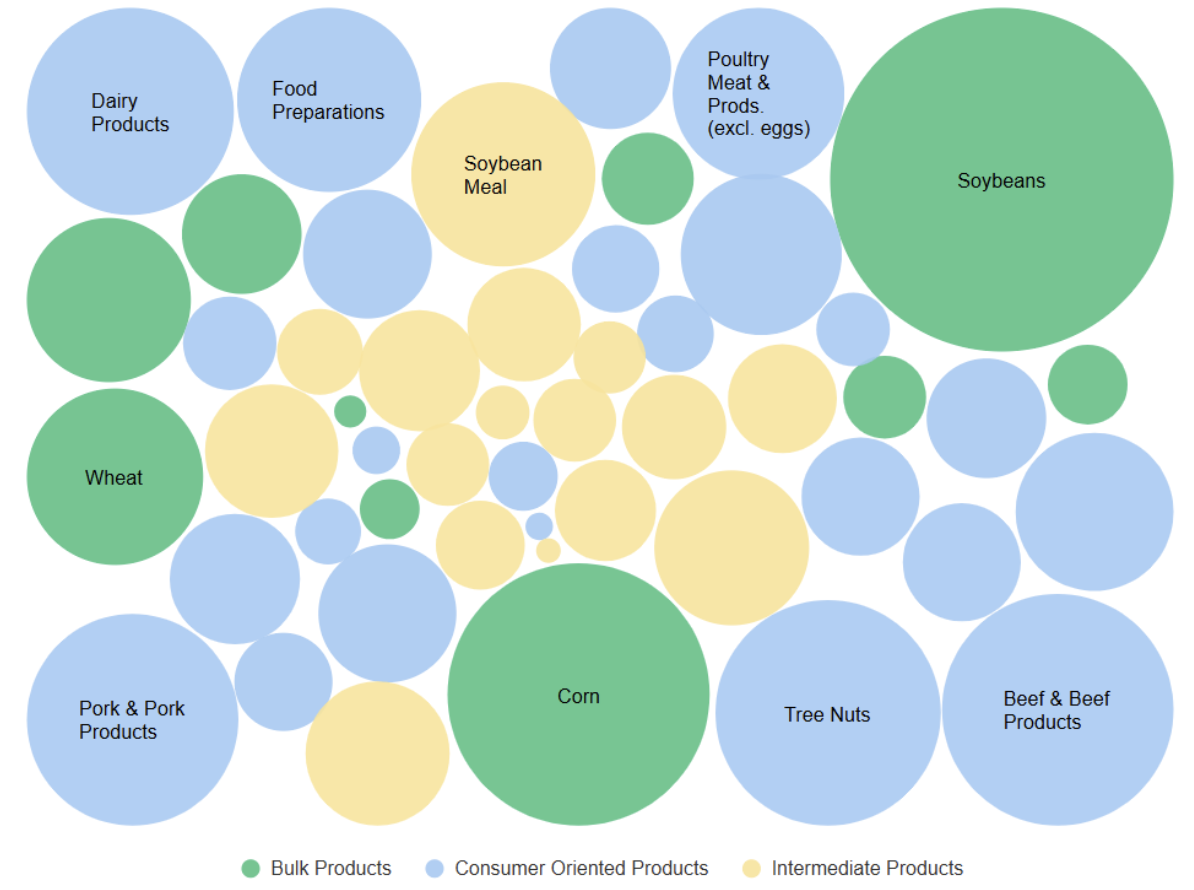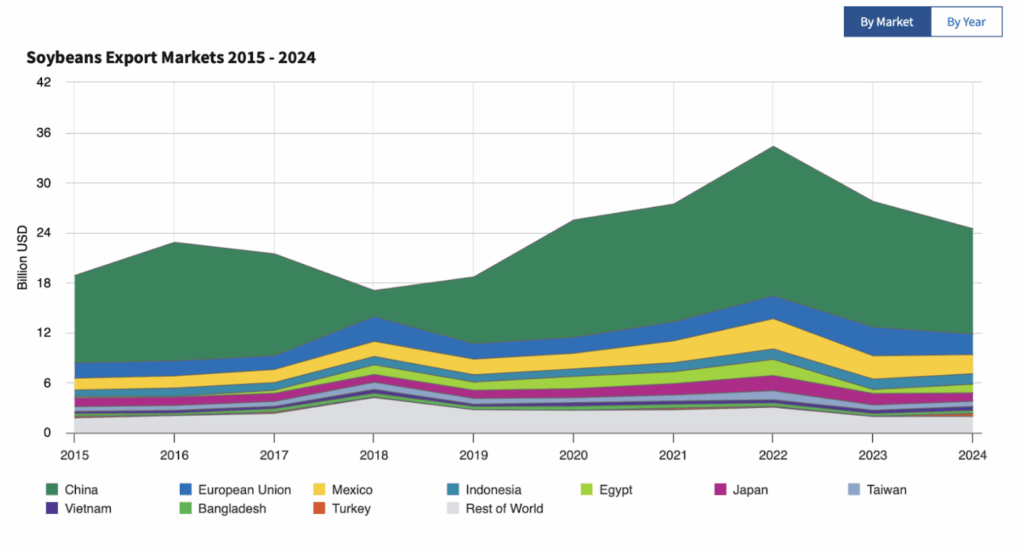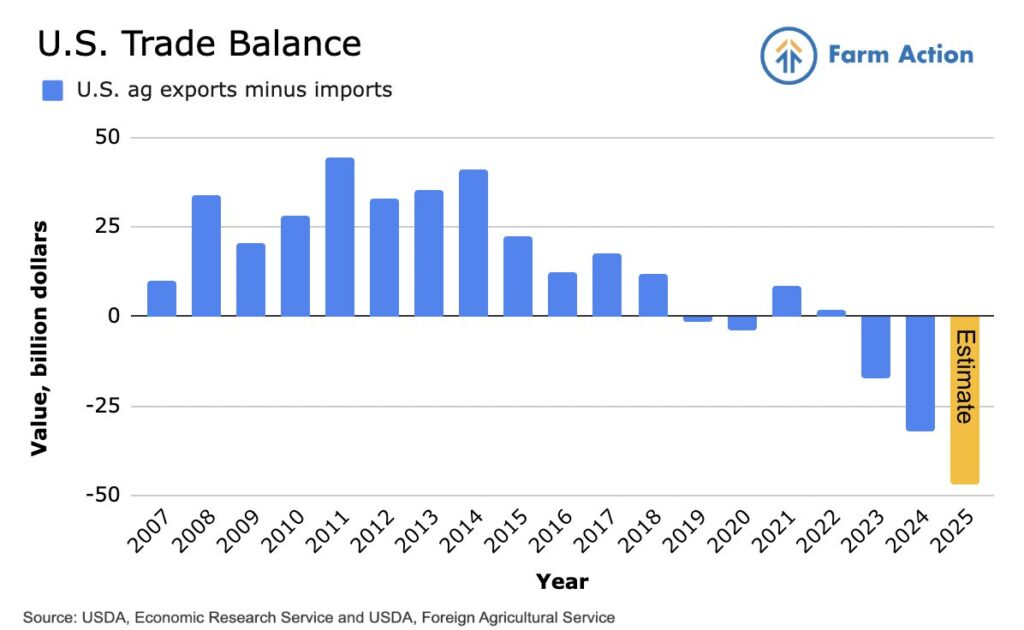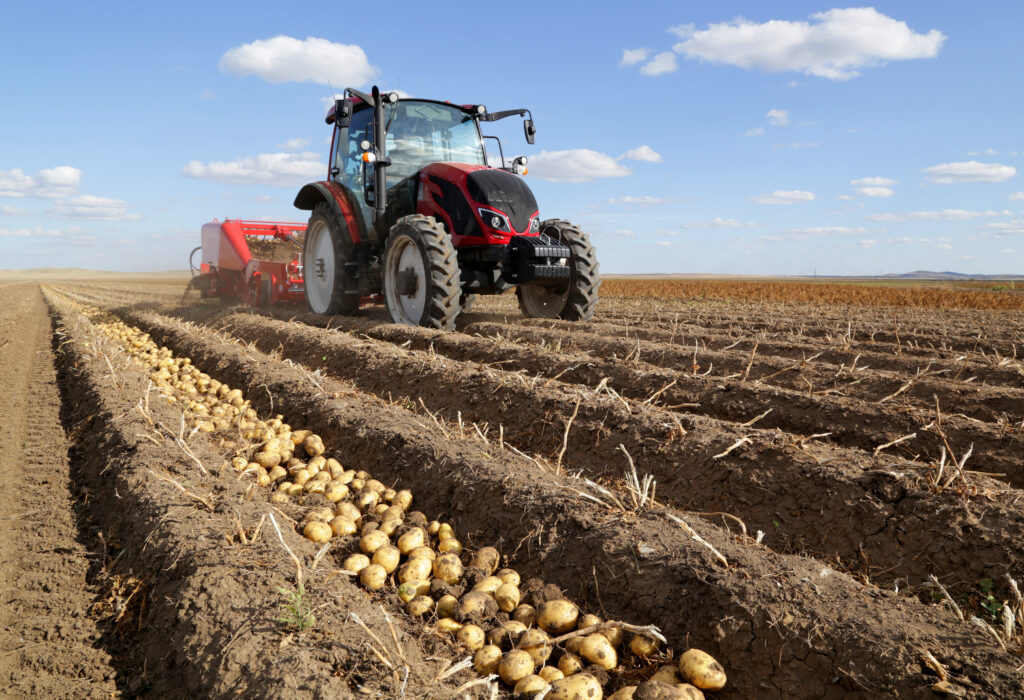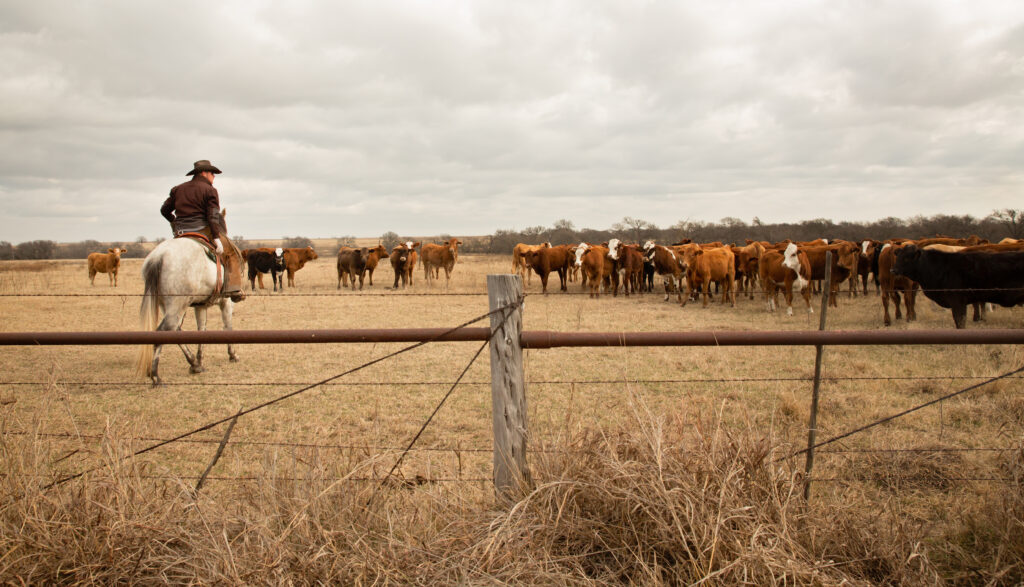This harvest season, soybean farmers are facing one of the toughest markets in recent memory. China, long the dominant buyer of U.S. soybeans, has stopped purchasing them altogether. The sudden halt has sent shockwaves through farm country. Bins are full, prices are down, and livelihoods are on the line.
But beneath the headlines about trade wars and bailouts lies a deeper truth: America’s agricultural system is structurally flawed.
Recurring bailouts for commodity crops aren’t bad luck or short-term trade issues. They’re symptoms of a farm economy built on overproduction and dependence.
The Scale of Dependence
The numbers reveal how concentrated our agricultural system has become. In 2024:
- Soybeans were the number one U.S. agricultural export, worth about $24.5 billion.
- More than half of all U.S. soybeans were exported, and China historically bought more than half of that total (roughly $12.6 billion worth).
- Soybeans contributed $46.9 billion to total U.S. farm income.
This means that one buyer—China—propped up much of the farm economy. When that buyer walks away, the entire system shakes.
Soybeans are the number one U.S. agricultural export. Source: USDA.
The Trade War Fallout
China’s pivot to South America shows how fragile this setup is. After halting U.S. soybean purchases in May 2025, China quickly replaced American supplies with shipments from Brazil and now Argentina.
With a strategic reserve of 40 million tons, China now holds major power over global soybean prices. That leaves U.S. farmers sitting on crops they can’t sell and facing prices below the cost of production.
This isn’t a short-term trade hiccup. It’s a long-term policy failure—the result of decades of decisions that put export growth ahead of food security at home.
The Argentina Bailout Controversy
As U.S. farmers struggle, frustration has grown over Washington’s decision to send $20 billion in U.S. Treasury funds to Argentina, a direct soybean competitor. The goal was to stabilize global markets, but the optics are grim—and the message to U.S. farmers is worse.
American taxpayers are funding foreign competitors while U.S. farmers face collapsing sales. Almost immediately after receiving U.S. support, Argentina dropped its 26% export tax, and China bought over a million tons of soybeans.
This move highlights a deep inconsistency in U.S. farm policy—one that props up global competitors while neglecting the farmers who feed our own nation.
More than half of U.S. soybeans are exported, with China (represented in dark green) historically purchasing more than half of that total. Source: USDA.
The Bailout Cycle
Washington is now debating a third round of farm aid in less than a year. USDA and congressional leaders are weighing whether to use Commodity Credit Corporation funds (a federal account that finances farm programs) or new appropriations.
The playbook is familiar: when markets fail, bailouts follow. During the last trade war, farmers received $28 billion in relief payments—mostly going to producers of commodity crops like soybeans, corn, and cotton.
Meanwhile, specialty crop growers—fruits, vegetables, and other foods that nourish American families—were largely left out.
But these payments don’t solve the real problem. They make it worse.
As FarmDoc Daily notes, repeated payments drive up land and input costs, trapping farmers in a cycle of dependence. Since 2014, safety-net and ad hoc payments have exceeded market losses by an estimated $88 billion. During that same period, farm asset values rose 52%, and debt climbed 73%.
In short, the more bailouts we issue—and the narrower their reach—the more distorted and dependent the system becomes.
The Structural Problem
At the root of this crisis is a farm policy that rewards overproduction and export dependence.
- The 1996 “Freedom to Farm” Act ended supply management tools, encouraging farmers to “plant fence-row to fence-row” whether or not markets needed it.
- Corporate consolidation in processing, input supply, and distribution has stripped farmers of options and bargaining power.
- Subsidy structures favor a narrow set of commodity crops—mostly soybeans and corn—crowding out fruit, vegetable, and grains that actually feed people.
This combination has left farmers trapped in a treadmill of debt, volatility, and consolidation—and taxpayers footing the bill for the fallout.
The U.S. is projected to run a $47 billion agricultural trade deficit in 2025 due to imports of essential foods.
The Consequences of Soy and Corn Dependency
The U.S. now faces a paradox. We subsidize livestock feed crops like soybeans and corn for export while importing more of our own food than ever before. Over time, this imbalance has made both farmers and consumers more vulnerable to market shocks.
The pattern keeps repeating. In December 2024, Congress passed a bailout package for commodity crop growers. Soon after, another major aid program was folded into the ‘One Big Beautiful Bill.’ Now, Washington is already debating yet another round of payments. Each bailout is framed as an emergency measure, yet together they reveal a system that cannot survive without constant federal intervention.
The U.S. is projected to run a $47 billion agricultural trade deficit in 2025, largely due to rising imports of fruits, vegetables, beef, and other essential foods we could be growing here. Meanwhile, record federal support flows almost exclusively to commodity producers, leaving food growers without comparable safety nets.
Despite these repeated infusions of federal aid, farm income remains fragile, and rural communities continue to hollow out.
Ultimately, both farmers and consumers lose—farmers to market dependence, consumers to food insecurity and inflation.
A Different Path Forward
Decades of policy have built this treadmill—but it’s not too late to step off. A resilient food system is possible, but it requires breaking the cycle of overproduction and bailouts.
Farm Action recommends a path focused on food security, diversity, and fairness:
- Grow food, not just livestock feed crops: Incentivize production of fruits, vegetables, and nutrient-dense crops for local markets.
- Reform subsidies: Redirect federal spending away from endless bailouts and toward programs that reward resilience and healthy food production.
- Rebuild local infrastructure: Invest in regional processing, storage, and distribution to give farmers alternatives to export markets.
- Break up corporate monopolies: Enforce antitrust laws to restore competition in input and processing markets.
Building a Resilient Food Future
The soybean crisis is more than a trade dispute—it’s a warning.
A farm system that depends on foreign buyers and government bailouts isn’t sustainable for farmers, taxpayers, or the nation’s food security.
It’s time for a new direction—one that puts resilience over dependence, food over feed, and people over policy inertia.
Farm Action believes that structural reform—not another round of checks—is the only way forward.
By Angela Huffman, with research contributions from Sarah Carden and thought leadership from Joe Maxwell; editing by Emma Nicolas

